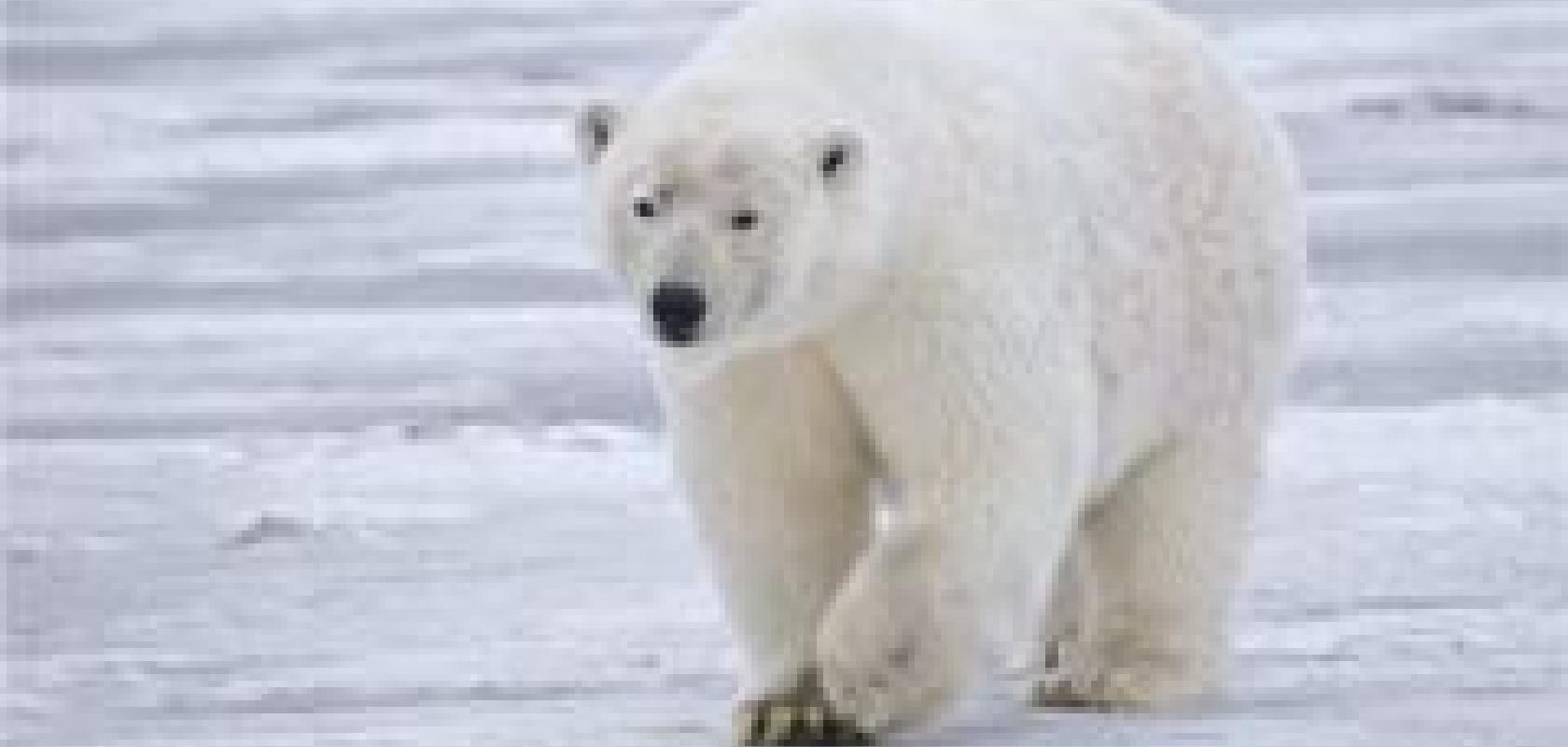Scientists have discovered that hairs that reflect infrared light may contribute significant insulating power to the winter coats of animals such as polar bears. The research, which was published in January's issue of The Optical Society’s (OSA) journal, Optics Express, could have major implications for improving the performance of building insulation.
The research was carried out at the University of Namur (UNamur) in Belgium and the University of Hassan I in Morocco. Biophotonics expert Priscilla Simonis, lead author of the paper, was intrigued by the ability of polar bears to insulate their bodies when outside temperatures can reach -40°C (-40°F), with a layer of fur only 5cm thick.
Materials such as artificial rock wool, which mimics the texture of the warm coats of animals like sheep, can be used to insulate buildings. The researchers wondered why building insulation was often less efficient than some animals’ fur coats.
‘Most people assume that fur and feathers keep animals warm primarily by trapping a layer of air that slows thermal conduction,’ said Simonis. But she and her colleagues suspected that radiation might play a bigger role.
The scientists created a computer model consisting of a hot and a cold thermostat that roughly simulated an animal’s warm body. The two thermostats were separated by an empty space into which ‘radiative shields’ that could mimic individual hairs in a fur coat were added.
It was discorvered that as the reflectivity of the radiative shields increased, the rate of heat transfer between the hot and cold thermostat was dramatically reduced. Adding more shields also dramatically reduced the energy loss. All together, the model suggests that the repeated backscattering of infrared light between radioactive shields, like individual hairs and barbed feathers, could be the primary mechanism for the thermal insulation properties of fur and feathers.
The light scattering properties of animals’ coats can also have dual purposes. With the right structure, fur and feathers can generate efficient thermal insulation in the far infrared range while also scattering visible light to produce a white appearance in the visible wavelength range. ‘This is particularly useful to animals, such as mammals and birds, that live in snowy areas,’ Simonis said, as it provides them with both warmth and camouflage against the white snow.
For humans, focusing on ways to minimise radiative heat loss could lead to the development of new types of ultra-thin insulation. ‘The idea is to multiply the interaction of electromagnetic waves with reflecting bodies, like metals, with very low emissivity and no transparency - in a very thin material,’ explained Simonis.


